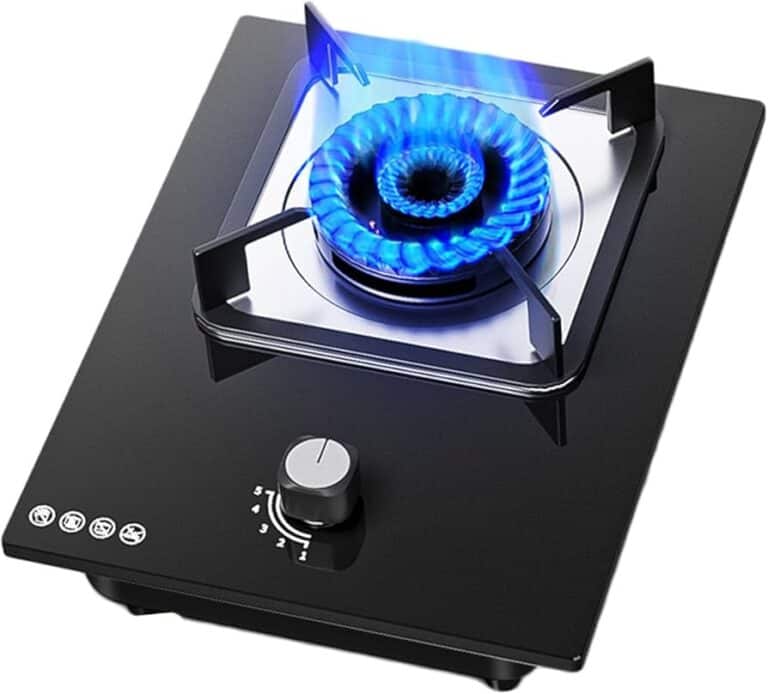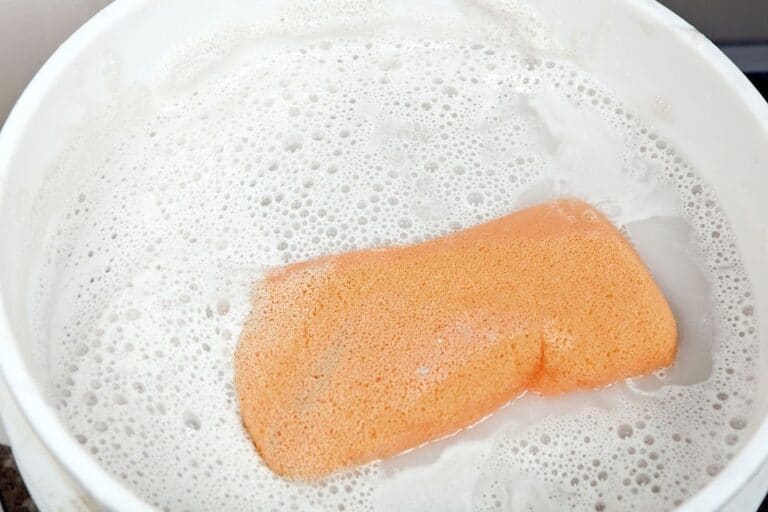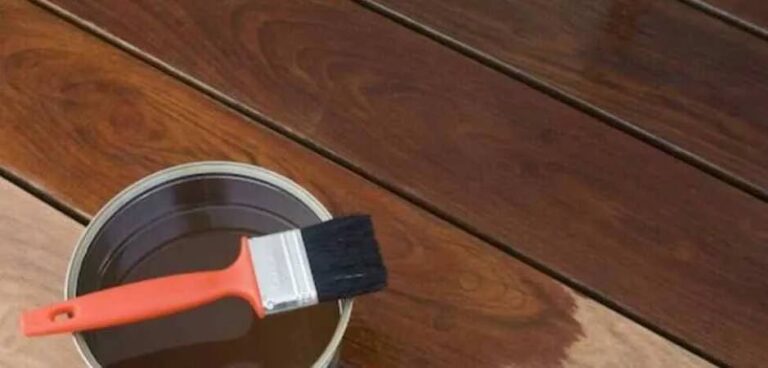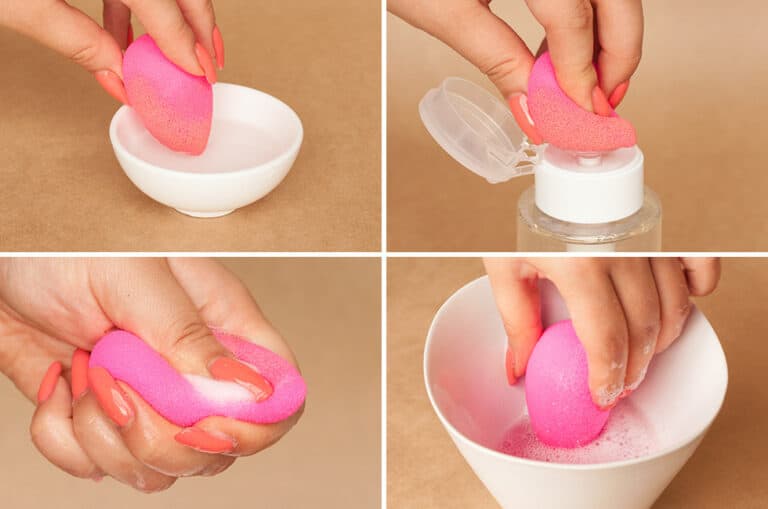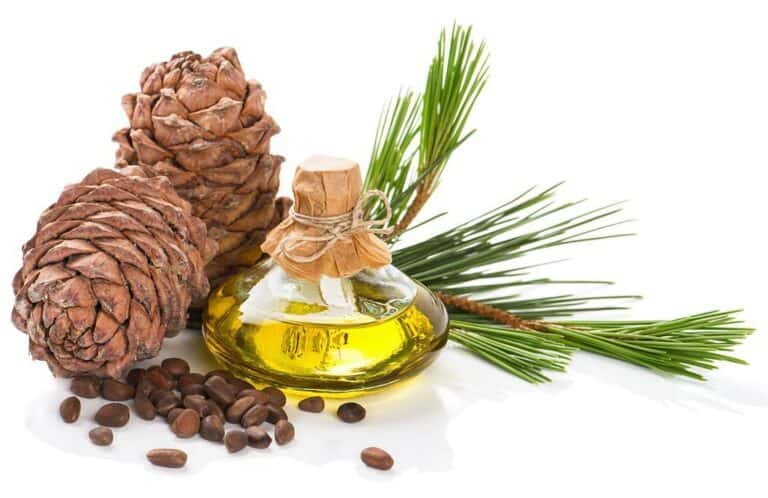Does Boiling Something Sterilize It? (Hot Water Disinfection)
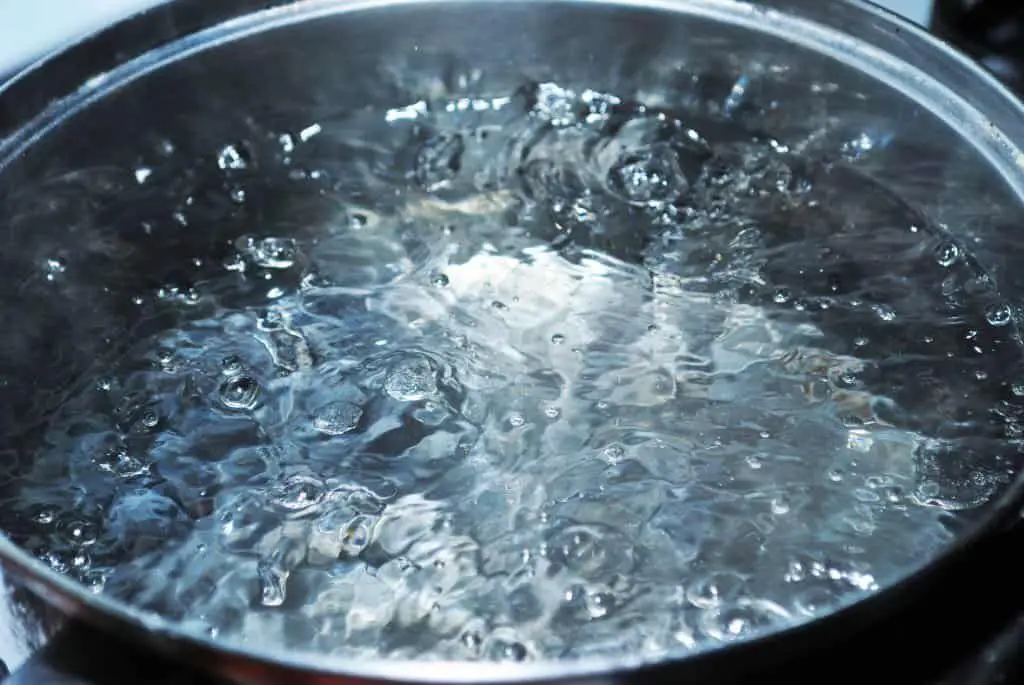
Sterilization is the complete destruction of all forms of life, including viruses, bacteria, and fungi. There are various methods for sterilization, but one of the most common is using heat.
The use of heat to sterilize objects and surfaces is a practice that has been around for centuries. In fact, the ancient Greeks were known to sterilize their medical equipment by boiling it in water. But does boiling something sterilize it?
When you’re boiling water to sterilize something, is it really doing the job? Does using only hot water (or even warm water) sterilize things?
It’s true that boiling water can kill some bacteria and sterilize many things. There are a lot of variables to consider – like how long the water has been boiling and what kind of container it’s in.
The easiest way to ensure that your water is hot enough to kill any bacteria is to bring it to a rolling boil for at least one minute.
Advantages and Disadvantages of Using Hot Water as a Sanitiser
When cleaning any surface, it is important to use a sanitizer to kill any harmful bacteria that may be present. One of the most effective sanitizers available is hot water. Here are some of the advantages of using hot water as a sanitizer:
1) Hot water is a powerful and effective sanitizer. It can kill bacteria in just seconds. This makes it ideal for quickly and easily sanitizing surfaces.
2) It is also a very affordable sanitizer and is widely available. You can get a pot or kettle of hot water for just pennies, and you can get the water everywhere.
3) Hot water is safe and non-corrosive to use on all types of surfaces, including kitchen counters, bathroom tiles, and even children’s toys.
4) It can penetrate cracks and crevices. It can reach into difficult areas and unsmooth surfaces.
5) It is easy to use – just pour hot water over the surface you want to clean and let it soak in for a few seconds.
The procedure of using boiling water as a sanitizer also has its disadvantages. Hot-water sanitization is a slow process that takes time to heat up and cool down. It can be expensive to run and can put workers in danger.
Heating Water (without Boiling) for Sanitizer
Did you know that you don’t have to reach the boiling point of water to kill disease-causing bacteria? It is the heat, not the bubbles, that kills the germs.
If you don’t have enough time to boil a pot of water, you may achieve the same level of sterilization by warming it up. Please take note that the length of time to warming and at what temperatures are different for different circumstances.
Here are the relevant timings and temperatures:
- At a temperature of 160°F (70°C), pathogens are killed in 30 minutes.
- At 185°F (85°C), germs are killed in 3 to 5 minutes.
- All pathogens are either dead or dying by the time the water reaches its boiling point of 212°F (100°C). Depending on your altitude, you’ll just need to boil for 1 to 3 minutes.
How Hot Should Water Be for Hand Washing?
If you use soap and water to wash your hands thoroughly, then the temperature of the water is irrelevant.
So, as long as you follow the proper hand washing technique, you may use hot water, warm water, cool water, or cold water to eliminate germs.
If you don’t wash your hands correctly or only use the water without soap, then you need to use hot water instead of warm. Make the contact between your hand and hot water long enough for it to kill germs. In this case, you may scald your hands.
So, in order to guarantee that your hands are clean, pick a comfortable temperature for hand washing. Then educate yourself on proper hand washing techniques. Don’t forget to always use liquid hand soap or antibacterial soap.
What Is the Best Water Temperature to Sanitize Dishes?
In both soaking methods, make sure the dishes are completely covered with water. Allow them to air dry naturally on a sanitized drying rack before putting them away.
Is there an ideal temperature for the water that should be used to sterilize dishes? When washing dishes by hand, it is unlikely that you will be able to sterilize them.
Most of the time, you might be able to handle temperatures of about 115 °F with your bare hands, but that’s not enough to clean something. Try one of the following methods to sterilize your dishes:
- After hand washing the dishes, run them through the dishwasher’s sanitizing cycle to sterilize them.
- Soak dishes in a solution of 1 gallon of water and 1 tablespoon of chlorine bleach for one minute. The water temperature is unimportant.
- Soak dishes in water that is at least 170°F for 1 minute.
Make sure the dishes are thoroughly submerged in water for all the methods above. Allow them to air dry naturally on a clean drying rack before storing them.
How Long Does It Take to Sterilize Something in Boiling Water?
It is often said that if you boil something for a certain number of minutes, it will be sterile. But how long does boiling actually have to occur to achieve sterility?
The length of time needed to sterilize something in boiling water depends on the object and the level of sterility desired. For example, utensils or other objects that will come into contact with food only need to be boiled for a few minutes. On the other hand, surgical instruments must be boiled for a longer period of time in order to achieve a higher level of sterility.
In general, though, boiling something for 10 minutes should be more than enough to kill any bacteria or other organisms present. Boiling for a longer period of time will not necessarily make the object any more sterile and may even damage it.
Does Hot Water Sterilize?
Hot water is a popular way to sterilize items, but does it really work? Some studies say that hot water can kill most germs, while others find that heat can actually make some germs stronger.
In general, hot water is effective at killing most bacteria, but it may not be able to get rid of all spores. It is important to note that different methods of sterilization work better for different items – using hot water alone is not always the best option.
How Long to Boil Water to Make It Safe to Drink?
In order to make sure water is safe to drink, it is necessary to boil it for a certain amount of time. The length of time required to boil water will vary depending on the elevation of the area in which you are located.
The Centers for Disease Control and Prevention (CDC) recommends boiling water for one minute at altitudes below 6,500 feet and three minutes at altitudes over 6,500 feet to sterilize it and make it safe to drink.
Sanitizing Surfaces With Steam Cleaning (Using Hot Water)
You’ve probably heard that hot water is great for sanitizing surfaces. But what does that mean, exactly? And how do you use hot water to clean and disinfect surfaces?
Hot water can kill many kinds of bacteria, viruses, and fungi. That’s why it’s a great way to clean and disinfect surfaces. You can use hot water to clean most surfaces in your home, including countertops, cutting boards, appliances, and floors.
There is a much safer and more effective way to sanitize surfaces – steam cleaning. Steam cleaning uses hot water vapor to clean and sanitize surfaces. Not only is it effective at killing bacteria and viruses, but it is also safe for use around children and pets.
One of the biggest benefits of steam cleaning is that it doesn’t require any harsh chemicals. This makes it a great choice for homes with young children or pets. It is also environmentally friendly, as it doesn’t produce any toxic fumes or residue.
Steam dry cleaners are available in both upright and portable models. Upright models are larger and more powerful, while portable models are smaller and more lightweight.
A few steam cleaning safety and effectiveness tips:
- Steam surfaces in a methodical manner. This helps ensure all portions of the surface come into contact with the steam. This is easier to do with a large nozzle steamer with overlapping rows.
- Use paper towels to remove any moisture left behind by the steam. Make sure to wipe in the same direction each time to avoid reinfecting the surfaces. Replace paper towels frequently.
- Don’t use sponges because they hold germs.
- Always wait until the steamer has cooled and depressurized before refilling it.
- Keep your skin away from the steam coming out of the steamer.
You should not steam clean the following surfaces:
- Marble
- Surfaces painted with water-based paint
- Brick
- Stucco
- Porous surfaces
- Electronics
- Meltable plastics
- Raw wood
The most effective way to clean and disinfect these kinds of surfaces is by using a mixture of bleach and baking soda. You may add detergent to make it more effective in cleaning greasy stuff.

